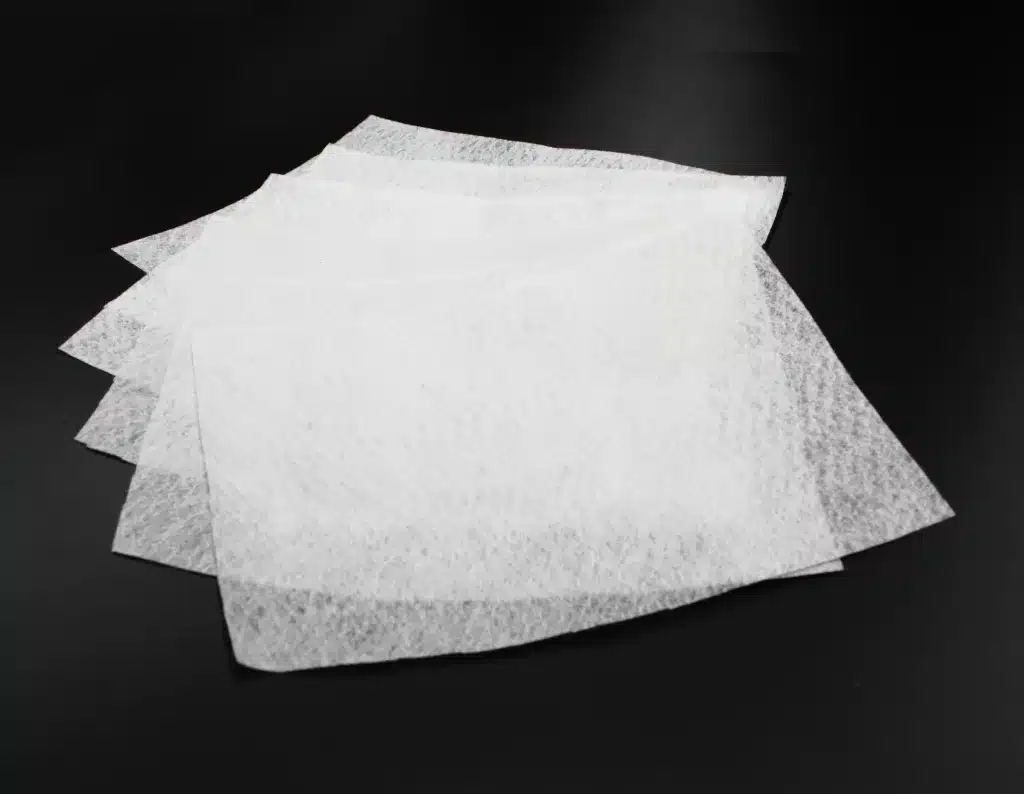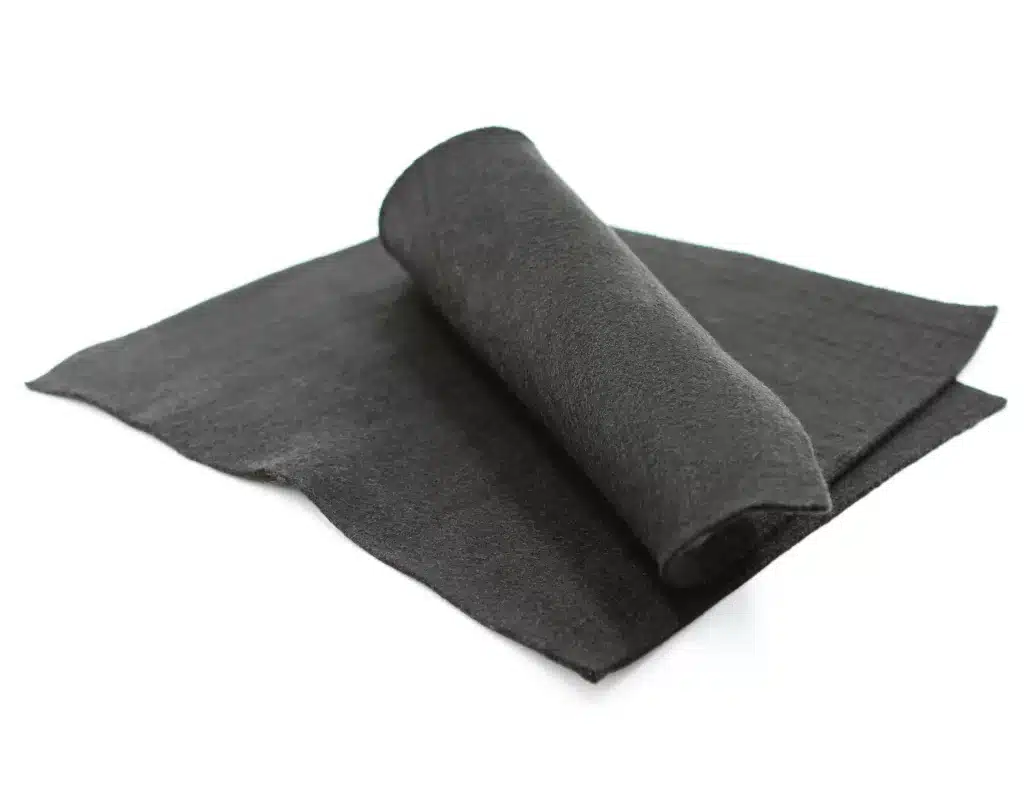+86-159 9860 6917
info@geofantex.com
geofantex@gmail.com
+86-400-8266163-44899
Geotextiles are vital materials used in civil engineering and construction, serving multiple functions such as separation, filtration, reinforcement, and protection. Their unique properties make them essential in various applications, particularly for ensuring the stability and longevity of infrastructure projects. In this article, we will explore the key uses and properties of geotextile fabric, shedding light on its significance in modern construction.
What are the three main uses of a geotextile?
The three main uses of geotextiles are:
- Separation: Geotextiles act as a barrier between different soil layers to prevent mixing, effectively separating different soils from each other. For example, when used in roads, they separate the subgrade (foundation) from the aggregate, ensuring the integrity and performance of the road structure.
- Filtration: In drainage applications, geotextiles allow water to pass through while retaining soil particles, efficiently draining water and preventing clogging in drainage systems, which promotes a steady water flow.
- Reinforcement: Geotextiles enhance the strength and stability of soil by reinforcing soil structures. They are often used in retaining walls, embankments, and slope stabilization, providing essential support to the soil and improving its load-bearing capacity.

What is geotextile fabric used for?
Geotextile fabric is used for a wide range of applications in construction and environmental projects, including:
- Road construction: To improve road durability by preventing soil and aggregate mixing.
- Drainage systems: Geotextiles aid in water filtration while preventing soil from entering drainage pipes or channels.
- Erosion control: These fabrics protect against soil erosion in slopes, riverbanks, embankments, retaining walls, and sandbags by holding the soil in place.
- Landfill lining: Geotextiles serve as a protective layer for geomembranes in landfills, preventing punctures and ensuring proper waste containment.
This integration keeps the logic intact while naturally incorporating the new elements.
What are the physical properties of geosynthetics?
Geosynthetics, including geotextiles, possess several important physical properties that determine their effectiveness:
- Tensile strength: The ability of the fabric to withstand stretching or pulling forces without breaking.
- Permeability: Geotextiles must allow water to pass through while retaining fine soil particles, making this a key property for filtration and drainage applications.
- Puncture resistance: This property indicates the material’s ability to resist damage from sharp objects, which is particularly important in landfill applications or under heavy construction loads.
- Elongation: This refers to the fabric’s ability to stretch before breaking, contributing to its flexibility and adaptability in various applications.
- Thickness, Unit Weight, and Stiffness: The thickness and unit weight of geosynthetics play a vital role in their overall durability, while stiffness (also known as flexural stiffness or flexural rigidity) determines the material’s ability to maintain shape under stress, further enhancing performance in demanding environments.
What are the important properties of geotextile?
Key properties of geotextile fabric include:
- Durability: Geotextiles are designed to withstand harsh environmental conditions, including UV exposure, chemical resistance, and mechanical stresses. This is supported by their physical properties such as thickness, specific gravity, and weight, and endurance properties like abrasion resistance and elongation.
- Porosity: The fabric’s ability to allow the flow of water while preventing soil particles from passing through is essential for filtration and drainage applications. This is tied to the geotextile’s hydraulic properties such as permeability and porosity, ensuring optimal water flow control.
- Chemical resistance: Geotextiles must resist degradation when exposed to various chemicals, especially in landfill or contaminated soil environments. Degradation properties like photodegradation and chemical degradation play a crucial role in maintaining the material’s integrity under these conditions.
- Flexibility: This property allows geotextiles to conform to the shape of the soil, making installation easier and more efficient in different terrains and project types. The fabric’s mechanical properties, including tenacity, tensile strength, and flexibility, are key to ensuring adaptability and strength in challenging environments.
Geotextiles are versatile materials used in civil engineering and environmental applications for separation, filtration, and reinforcement. Their important properties, such as tensile strength, permeability, puncture resistance, and durability, make them indispensable in construction projects. Whether used in road construction, erosion control, or drainage systems, geotextile fabric plays a critical role in improving the stability and sustainability of infrastructure. Understanding its properties is key to optimizing its use and ensuring the success of any project.



Get Free Sample
We’ll respond as soon as possible(within 12 hours)






















